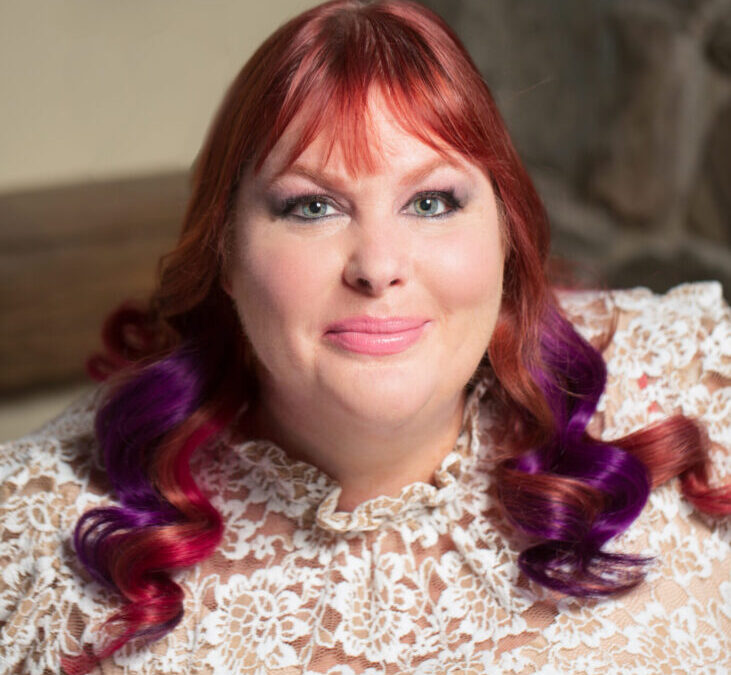
by Michele Kirichanskaya | Jan 15, 2025 | Blog
Cassandra Clare is the author of the #1 New York Times, USA Today, Wall Street Journal, and Publishers Weekly bestselling Shadowhunter Chronicles. She is also the co-author, with Holly Black, of the bestselling fantasy series Magisterium. The Shadowhunter Chronicles...
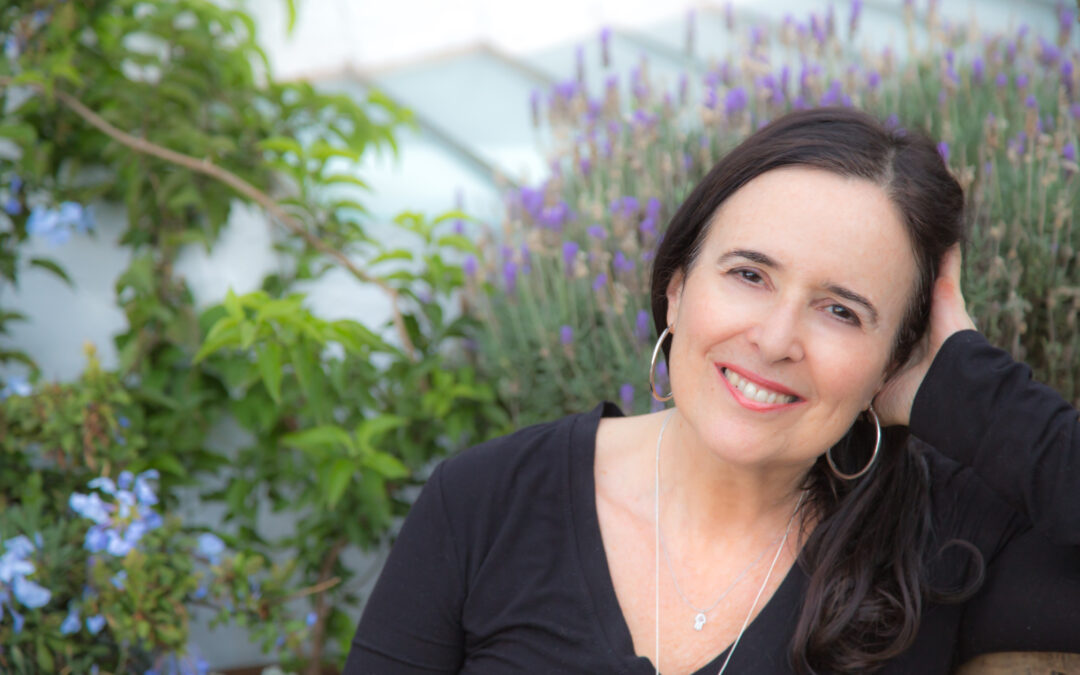
by Michele Kirichanskaya | Sep 13, 2024 | Blog, Featured
Ruth Behar, the Pura Belpré Award-winning author of Lucky Broken Girl and Letters from Cuba, was born in Havana, Cuba, grew up in New York, and has also lived in Spain and Mexico. Her work also includes poetry, memoir, and the acclaimed travel books An Island Called...
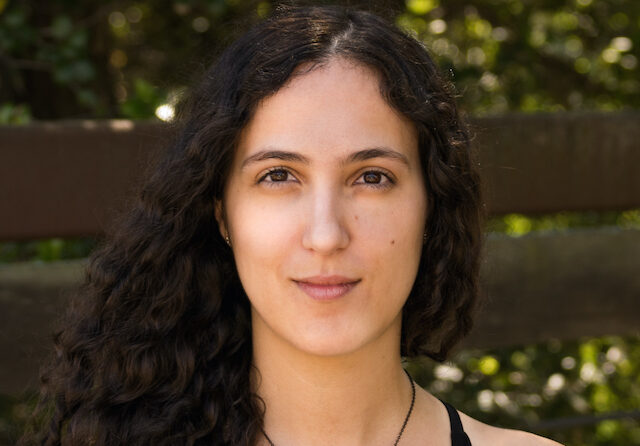
by Michele Kirichanskaya | Sep 4, 2024 | Blog
Kalyn Josephson is a fantasy author living in the California Bay Area. She loves books, cats, books with cats, and making up other worlds to live in for a while. She is the author of Ravenfall, the Storm Crow duology, and This Dark Descent. I had the opportunity to...
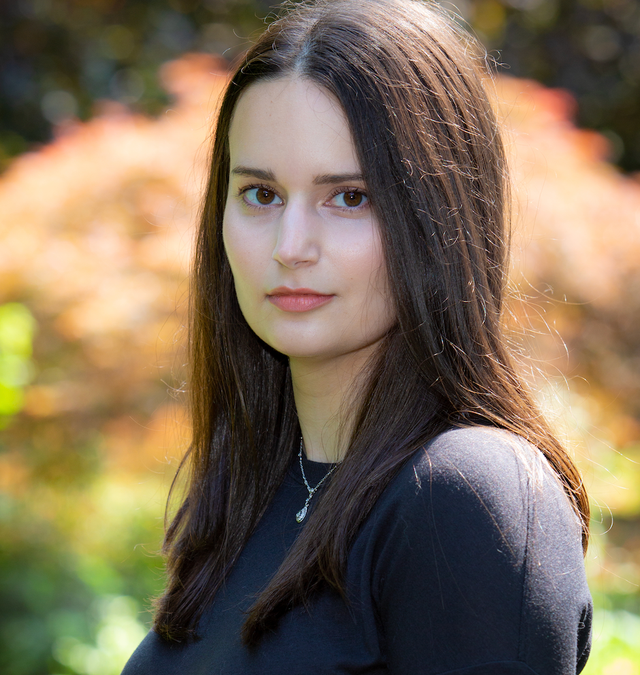
by Michele Kirichanskaya | Aug 12, 2024 | Blog
Laura R. Samotin and her spouse live with two enormously large felines. When she’s not pursuing her academic research on military tactics, power politics, and leadership, she relishes her role as a full-time cat servant. I had the opportunity to interview Laura, which...
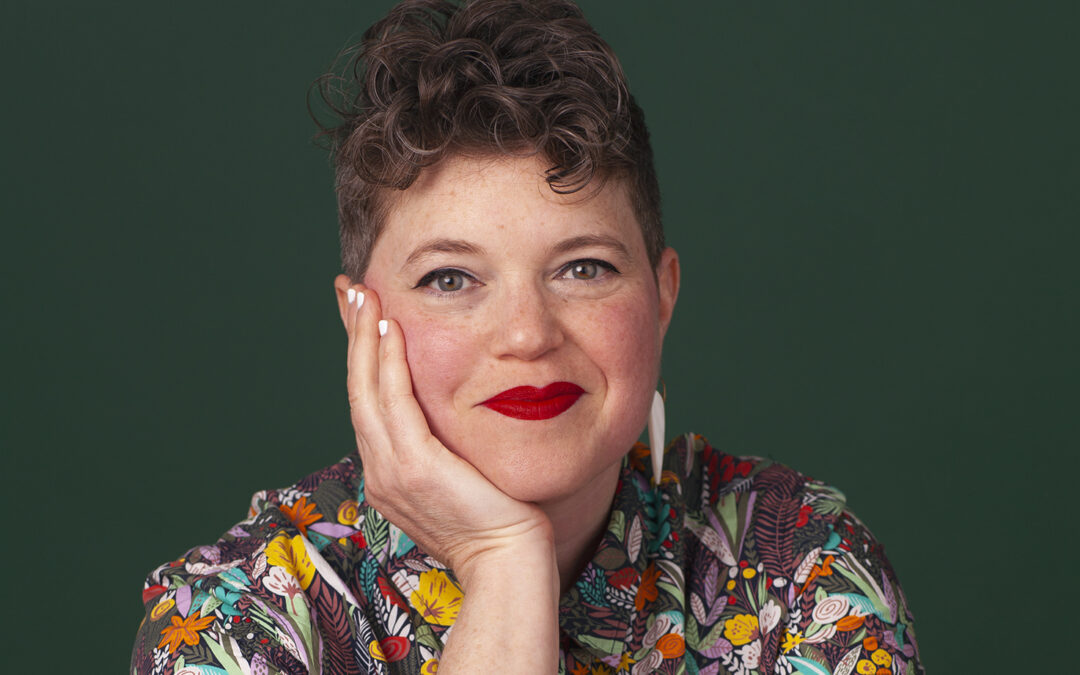
by Michele Kirichanskaya | May 10, 2024 | Blog
Temim Fruchter is a queer nonbinary anti-Zionist Jewish writer who lives in Brooklyn, NY. She holds an MFA in fiction from the University of Maryland, and is the recipient of fellowships from the DC Commission on the Arts and Humanities, Vermont Studio Center, and a...






